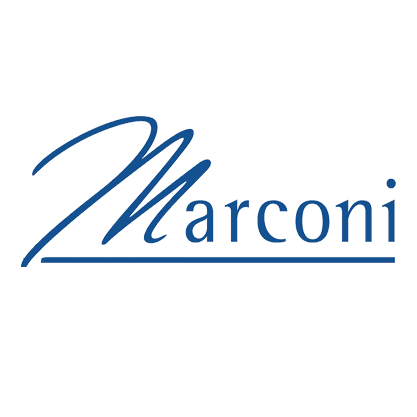
Home » Marconi » Marconi SMA/MSH » Marconi MSH-41
The Marconi MSH‑41 is a compact yet capable SDH (Synchronous Digital Hierarchy) multiplexer designed for telecom operators needing flexible, high-integrity transport for voice, data, and legacy services. Often deployed in metro and access networks, the MSH‑41 serves as an edge aggregation node capable of grooming multiple E1 tributaries into higher-speed STM‑1 or STM‑4 optical circuits. It offers robust traffic switching, protection features, and modular flexibility in a space-efficient shelf format.
Originally developed by Marconi during its early SDH portfolio rollout, the MSH‑41 became a popular platform in networks across various regions, especially where compact, reliable, and cost-effective SDH systems were needed. While no longer supported commercially by the original vendor, units and spare parts remain in operation. Carritech supports operators using MSH‑41 platforms by sourcing the units, components, and line cards through its trusted global supplier network. Each item is rigorously quality-tested and verified for interoperability, ensuring extended operation in legacy environments.
Compact SDH Multiplexer: Designed for space-constrained network edge or aggregation sites, offering a small footprint without compromising capability.
Multiservice Support: Typically supports STM‑1 and occasionally STM‑4 transport interfaces, aggregating multiple E1 tributaries for voice/data services.
Flexible Tributary Capacity: Configurations generally handle up to 63 E1 ports, depending on installed modules.
SDH Grooming & Switching: Offers VC‑12/VC‑4 cross-connect capability, enabling efficient aggregation and routing of tributary services.
Protection Mechanisms: Includes standard SDH protection schemes such as SNCP and multiplex-section protection, ensuring resilience.
Carrier-Grade Reliability: High MTBF, low power consumption, and thermal robustness designed for continuous telecom operation.
Management Integration: Remotely manageable via protocols such as SNMP or TL1 and compatible with legacy Marconi network management systems.
Applications: Ideal for metro access, leased-line delivery, mobile backhaul, and interfacing legacy voice or PDH systems into SDH backbone.
Chassis & Form Factor:
Rack-mountable sub-rack, typically 2U–3U in height with a compact depth suitable for shallow enclosures
Transmission Interfaces:
Standard support for STM‑1 optical or electrical interfaces
Some variants may support STM‑4 depending on configuration
Tributary Interfaces:
Configurable E1 ports, typically up to 63, depending on modules installed
Cross‑Connect Capacity:
Non-blocking grooming and switching at VC‑12 and VC‑4 granularity
Power Supply:
Standard -48 VDC input, with optional redundancy
Cooling & Thermal Specs:
Fan-assisted airflow (front-to-back or side-to-side), built for telecom room conditions
Environmental Conditions:
Operating temperature typically 0 °C to +45 °C, with high-humidity tolerance (non-condensing)
Management Interfaces:
Local interface plus remote SNMP or TL1 control, compatible with legacy NMS
Standards Compliance:
Built to meet relevant SDH, ETSI, and Telcordia performance, safety, and interoperability standards
| Time Period | Brand / Company | Role / Notes |
|---|---|---|
| Early 2000s – around 2006 | Marconi Communications / Marconi Corporation plc | Original developer and global marketer of the MSH‑41 as part of its MSH SDH series of multiplexers and cross-connects. |
| 2006 – Present | Ericsson (legacy only) | After acquiring Marconi’s telecom operations, Ericsson gradually phased out active marketing and support for MSH‑41; ongoing legacy support maintained through service contracts. |
| Present (Secondary Market) | Independent Resellers & Support Specialists (e.g., Carritech) | Carritech sources and supplies Marconi MSH‑41 units, modules, and accessories to extend lifecycle of legacy SDH infrastructure, supported by quality testing and customer service. |
No files found.
From expert maintenance and repair to reliable part sourcing and technical consultation, we provide comprehensive support for every stage of your network’s lifecycle. Whether you’re extending the life of legacy systems or integrating with modern infrastructure, our team ensures seamless, efficient, and cost-effective solutions—so you can focus on performance, not problems.